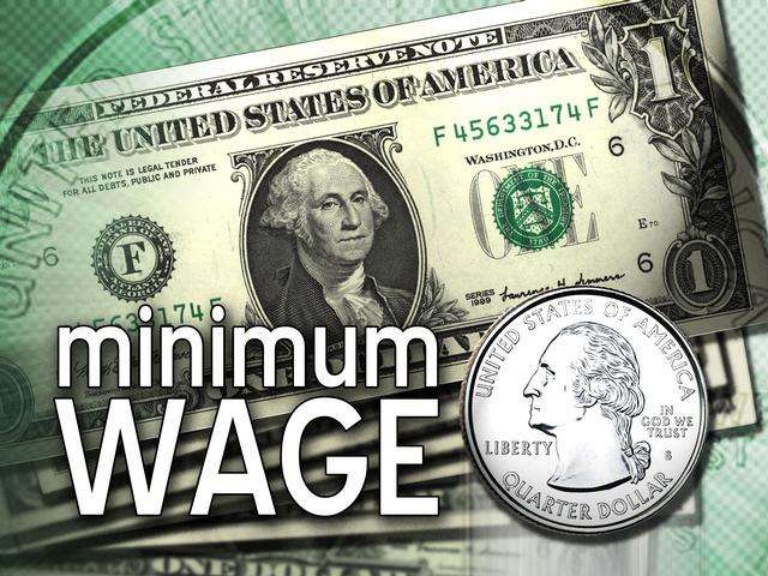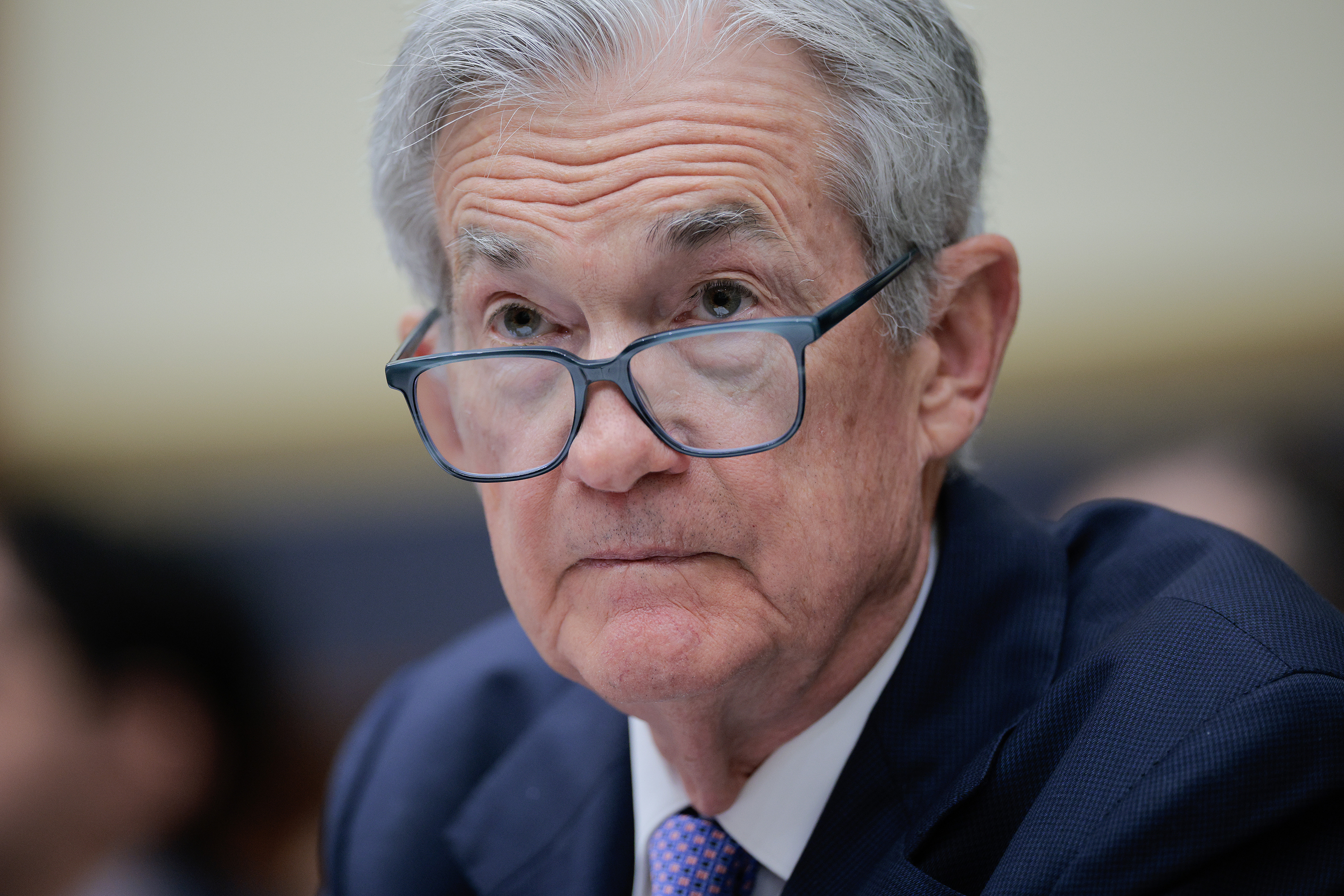Nineteen states across the country implemented significant changes in the minimum wage on January 1, 2019, according to payroll experts at Wolters Kluwer Legal & Regulatory U.S. An additional three states will see minimum wage changes later in the year.
The increases indicate a move toward ensuring a living wage for citizens across several states. “While it isn’t unusual for there to be minimum wage rate increases in January, there is a growing trend to increase wages in response to calls for making sure the minimum wage is a living wage,” said Barbara O’Dell, JD, Wolters Kluwer Employment Law Analyst. “The incremental wage increases, including in California and Washington, which are moving minimum wages toward a final goal of $15.00 per hour, are an example of how states are trying to address this issue.”
Currently, the highest statewide minimum wage rate is in the District of Columbia, at $13.25 per hour, followed by Massachusetts and Washington each at $12 per hour. Some of the new wage rates are the result of scheduled, incremental increases set by states in earlier years, including those in California and Washington. Other wage increases, such as those in Arkansas and Missouri, were recently decided by voters in ballot initiatives in the November mid-term elections.
A few states’ wages remain on the lower end of the spectrum, with some state minimums coming in below the federal wage rate, and others with a slower incremental increase. “The lowest minimum wage rates are at $5.15 are in Georgia and Wyoming,” said O’Dell. “However, most employers and employees would be subject to the higher federal minimum wage rate of $7.25 per hour. In Michigan, although the wage is technically rising in 2019, the state recently passed legislation to slow the incremental increase over the next decade.”
Wolters Kluwer Legal & Regulatory U.S. summarizes the states that will be impacted in 2019:
|
Alaska |
$9.89 per hour, up 5 cents from $9.84 per hour, based on a 0.5% increase in the cost of living. Wage rates are adjusted annually based on inflation. School bus drivers are to be paid two times the minimum wage. |
|
Arizona |
$11 per hour. In addition, employees are entitled to paid sick leave, at the rate of one hour of paid sick time for every 30 hours worked, but with limits based on the size of the employer. |
|
Arkansas |
$9.25, up from $8.50 per hour. The minimum wage will reach $11.00 by 2021. |
|
California |
$12.00 per hour, for businesses with 26 or more employees; $11.00 for smaller employers. On April 4, 2016, California Governor Edmund G. Brown Jr. signed legislation to gradually raise the state minimum wage with annual increases to reach $15 by 2022 for businesses with 26 or more employees and by 2023 for smaller employers. The plan also allows for the Governor to “pause” wage hikes, to be determined by September 1 of each year for the next year, if negative economic or budgetary conditions emerge (S.B. 3, L. 2016). |
|
Colorado |
$11.10 per hour. |
|
Delaware |
$8.75 per hour. The minimum wage is scheduled to increase to $9.25 on October 1, 2019. |
|
District of Columbia |
$13.25 per hour. The minimum wage is scheduled to increase to $14.00 on July 1, 2019. Under the “Fair Shot Minimum Wage Amendment Act of 2016,” the minimum wage will reach $15 per hour by 2020. Wages for tipped workers will also increase, eventually reaching $5 per hour by 2020. Starting in 2021 both wage rates will be adjusted based on inflation. DC Law 21-144 (Act 21-429; B21-712), effective from August 19, 2016 (63 DC Register 11135). |
|
Florida |
$8.46 per hour, up 21 cents, based on a 2.59% increase in the cost of living. Wage rates are adjusted annually based on inflation. |
|
Maine |
$11 per hour. |
|
Massachusetts |
$12 per hour. This is a $1 scheduled increase over the current $11 per hour, per H.B. 4640, L. 2018. |
|
Michigan |
$9.45, up from $9.25 per hour. |
|
Minnesota |
$9.86 per hour (up from $9.65) for employees of large employers with an annual gross volume of sales of not less than $500,000. Small employers must pay employees a minimum wage of at least $8.04 per hour (up from $7.87). |
|
Mississippi |
No statutory minimum wage. For employers and employees subject to the federal Fair Labor Standards Act, the federal minimum wage of $7.25 per hour applies. |
|
Missouri |
$8.60, up from $7.85 per hour. The minimum wage will increase by 85 cents per hour each year until 2023, when the state minimum wage will reach $12.00 per hour. |
|
Montana |
$8.50 per hour, up 20 cents, based on a 2.68% change in the cost of living and rounded to the nearest 5 cents. Wage rates are adjusted annually based on inflation. |
|
New Jersey |
$8.85 per hour, up 25 cents from $8.60 per hour, based on a 2.88% increase in the cost of living. Wage rates are adjusted annually based on inflation. |
|
New York |
Tiered/Rates vary by region: $15 per hour, New York City employers with 11 or more employees, and $13.50 per hour, New York City employers with 10 or fewer employees; $12 per hour, Nassau, Suffolk and Westchester counties; $11.10 per hour, remainder of the state. Rate increases are included as part of the 2016 Budget Bill, Part K (S.B. 6406-C/A.B. 9006-C). The piece rate for Agricultural workers must be equivalent to the basic minimum wage, unless a youth rate certificate is issued (wage rate then must be equivalent to the youth rate). Existing wage orders are to be adjusted to reflect the wage increases. Paid family leave is also part of the Budget Bill. The minimum wage for workers in fast food establishments will be $15 per hour on December 31, 2018 in New York City and $12.75 per hour for fast food workers in the rest of the state. The minimum wage at all airports (LaGuardia, JFK and Newark Liberty International) will be $15 on January 1, 2019 and will increase to $15.60 eff. September 1, 2019. |
|
Ohio |
$8.55 per hour, up 25 cents from $8.30 per hour, based on a 2.9% increase in the cost of living. Wage rates are adjusted annually based on inflation. The minimum wage rate applies to employees of businesses with annual gross receipts of $314,000 per year (changed from $305,000 in 2018). For employees at smaller companies and for 14- and 15-year-olds, the state minimum wage is $7.25 per hour, which is tied to the federal rate. |
|
Oregon |
The state minimum wage is tiered, with the highest rate in the Metro Portland area at $12.00 per hour ($12.50 eff. July 1, 2019), the lowest in rural (non-Urban) areas at $10.50 per hour ($11 eff. July 1, 2019), and a minimum wage of $10.75 per hour ($11.25 eff. July 1, 2019) in the rest of the state. Scheduled increases per S.B. 1532, L. 2016. |
|
Rhode Island |
$10.50 per hour per H.B. 5175, L. 2017. |
|
South Dakota |
$9.10 per hour, up 25 cents from $8.85 per hour, based on a 2.7% increase in the cost of living. Wage rates are adjusted annually based on inflation. |
|
Vermont |
$10.78 per hour. This is a 28-cent scheduled increase over the current $10.50 per hour. |
|
Washington |
$12 per hour, for employees who have reached the age of 18, per voter-approved Initiative 1433, effective January 1, 2017. Under Initiative 1433, the minimum wage will increase gradually to $13.50 by 2020. The Department of Labor and Industries will resume calculating the minimum wage for calendar years 2021 and beyond, based on increases in the cost of living. Workers under 16 years old can be paid 85 percent of the adult minimum wage, or $10.20 per hour, in 2019. The initiative also guarantees paid sick time to workers, allowing workers to accrue one hour of paid sick leave for every 40 hours worked. |
Thanks for reading CPA Practice Advisor!
Subscribe Already registered? Log In
Need more information? Read the FAQs




